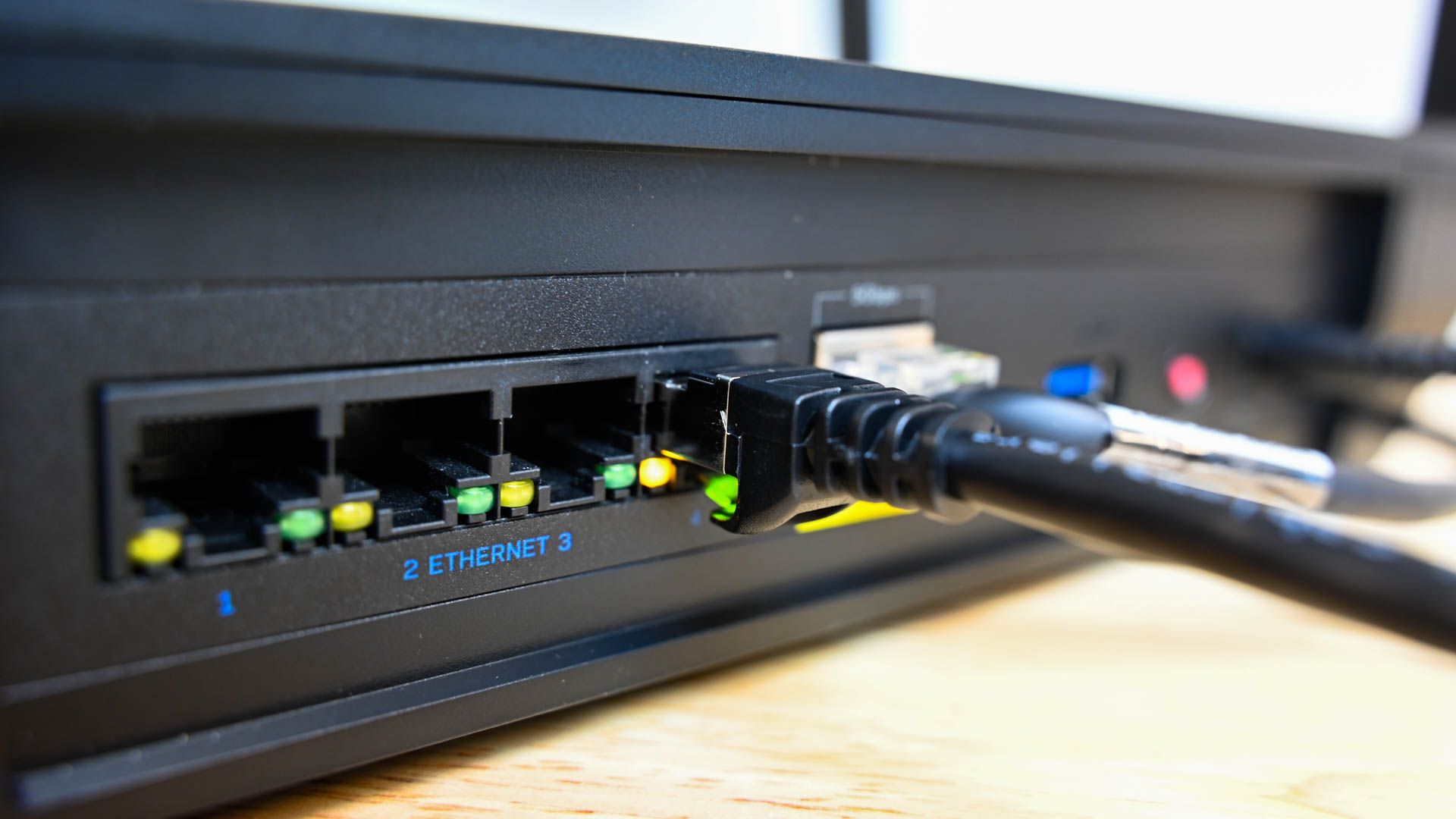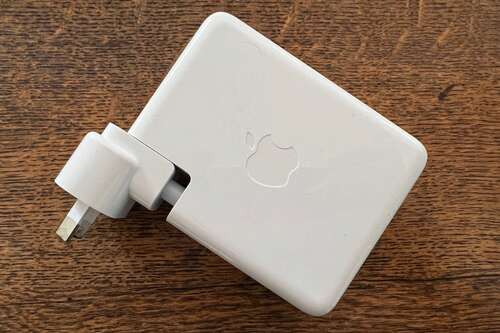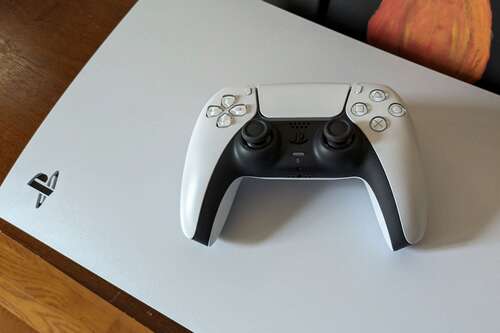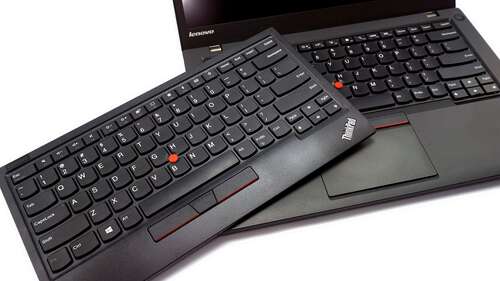Technology moves fast, but sometimes, for some reason, certain gadgets stand the test of time and are essentially the same today as they have been from the outset. So, here are some of the most timeless classics we know of.
1. Keyboard Layouts
Keyboards have two types of layout—functional and physical. The functional layout is simply how the typing deck keys are arranged such as the QWERTY keyboard layout. The physical layout is the total layout of the keyboard as a whole. That includes not only the alphanumeric keys, but also Caps Lock, Shift, and so on.
In the world of PCs, the modern keyboard has remained essentially unchanged at its core. If you sat down in front of an original IBM PC from the 80s today, you’d more or less already know your way around its keyboard. Even virtual keyboards on touch screens take their design queues from keyboards that predate computing itself.
2. Ethernet Connectors
The Ethernet connector we all know and love today started life in the world of telephony, which is why it looks so similar to telephone line connectors. The telephone connector is referred to as an RJ11 connector, and Ethernet connectors are known as RJ45 connectors, although as it turns out, they technically aren’t “true” RJ45s.
Despite advancements in Ethernet speeds that have repeatedly doubled bandwidth over subsequent generations, the actual connectors themselves remain largely unchanged, and (for the most part) backwards compatible. This means that you’ll find RJ45 Ethernet connectors on anything from a 10Mbps 10BASE-T cable from the early 90s up to a modern Category 8 Ethernet cable rated at 40Gbps, which is 4,000 times the speed! This would be like a modern supercar still using the tires that were released with the Ford Model-T. Truly remarkable.
3. Apple’s White Brick Chargers
If you own an Apple laptop, take a look at its charging brick. Does it look dated, design-wise? Well, it was created over 20 years ago!
Until the late 1990s, Apple’s laptop chargers only differed from those of other manufacturers by having a groove to wrap the wiring around. The company had a brief experiment, from 1999 to 2001, with the “puck” or “yoyo.” It was an instantly recognizable round power brick that didn’t stick around due to durability issues.
The following design was a lot more successful. In January 2001, the PowerBook G4 debuted the “white brick” charger, at the time featuring a non-removable cord with a barrel connector. The second-gen iBook G3, announced in May of that year, adopted the same charger. In October, the original iPod was announced, including a white brick with a FireWire port.
Since then, at least a dozen other models have been made: with USB-A ports for iPods, iPhones and iPads; with MagSafe 1 cords for MacBooks from 2006 to 2012; MagSafe 2 from 2013 to 2015; and USB-C since then. There’s even one with two USB-C ports and 35W of power, shipped with the 15″ M2 MacBook Air in some markets.
All of the above have one more thing in common: their compatibility with the “duckhead” plugs, which are also used by the AirPort Express router. You can literally take a socket cord from a 2001 PowerBook G4 and plug it into an M3 MacBook Pro’s charger, and it’ll just work.
To be fair, this is more about an enduring design language than actually under-the-hood consistency, but a time traveler from the early days of the brick would instantly recognize it today.
4. DualShock/DualSense Controllers
While the original controller that shipped with the PlayStation in the mid-90s lacked the dual analog sticks we know and love today, it wasn’t long before Sony nailed their now iconic design with the Dual Analog and later DualShock controller design. Since then, barring the never-released “boomerang” controller, the gaming giant has refrained from reinventing the wheel. The PlayStation 5’s DualSense controller and the original PlayStation’s Dual Analog clearly have the same DNA, and you could even argue that the Dual Analog is the template for all modern controllers, even those like Xbox controllers, which have offset sticks, but otherwise use the same set of controls and functions.
5. ThinkPad TrackPoints
Michael Crider / Review Geek
One of the most iconic ThinkPad features, the TrackPoint, dates all the way back to the first models, in 1992. That tiny red circle between the G, H, and B keys—the TrackPoint!
The ThinkPads were originally made by IBM, which sold its consumer hardware division to Lenovo in 2005. To this day, the product line is so well regarded one may consider it “the Porsche 911 of laptops”. Over the years, ThinkPads have gathered a die-hard fanbase, that swears by the devices’ reliability, sturdiness, keyboard quality—and the TrackPoint, of course.
It’s not that the laptops don’t feature a touchpad—most of them do. But that cute piece of (necessarily red) rubber near the bottom of the keyboard is, for many of the loyal ThinkPad users, way better. Even if some people who buy ThinkPads never actually use the TrackPoint, it’s highly unlikely that this feature will disappear for as long as the ThinkPad brand exists.
Iconic Designs Just Work, so Why Reinvent the Wheel?
A good design is one that seamlessly joins form and function. You don’t need to create a charger or gamepad from scratch with every new product, and something as minor as a rubber tip in the middle of a keyboard may be enough to distinguish a manufacturer’s computers from its competition.
However, things don’t always go smoothly when creating new devices—Apple has its fair share of design failures to account for, after all. There are numerous case studies in the history of tech design that chart big design risks that ended in failure. Take Nokia’s switch to Windows Phone, Amazon’s Fire Phone, or HP’s handling of WebOS. There’s no shortage of designs that barely made it out of the door, much less stood the test of time.






